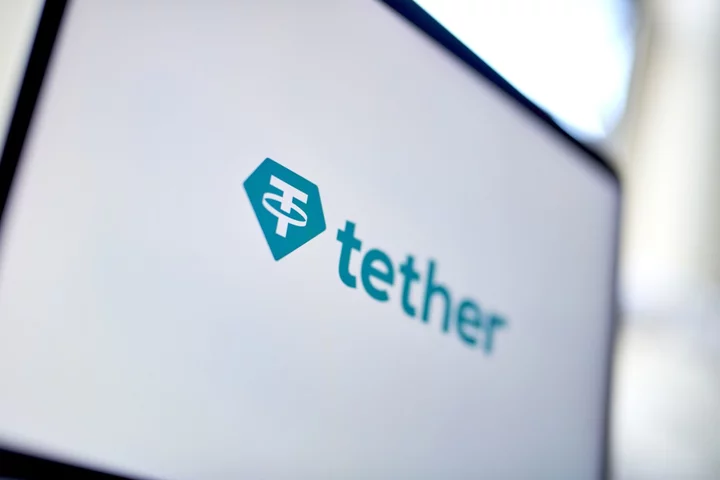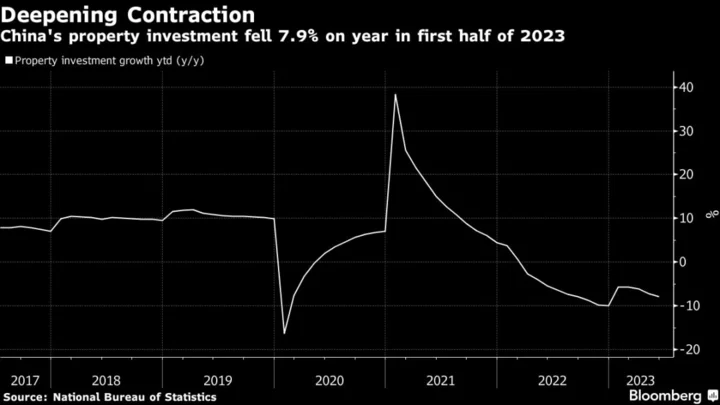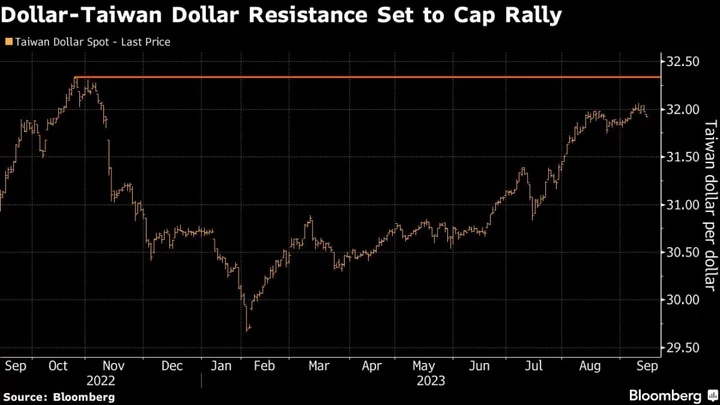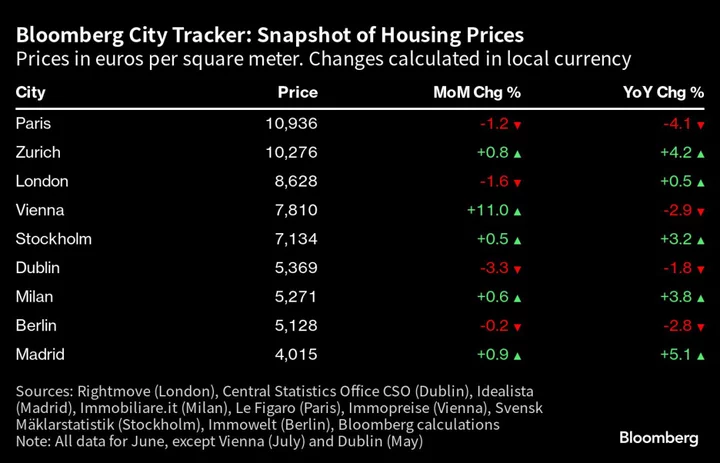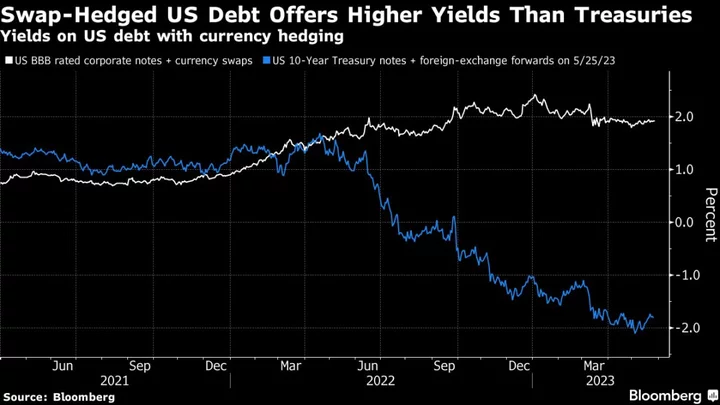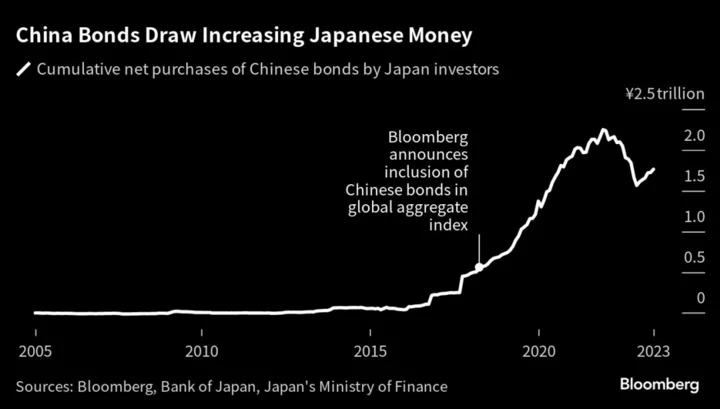Tether Holdings Ltd.’s stablecoin has recovered all of the roughly $20 billion in market value it lost following the collapse of algorithmic rival TerraUSD a little over a year ago.
The circulating supply of the world’s most actively-traded digital asset topped the previous record of $83.2 billion, set in May 2022, according to a live tracker published by British Virgin Islands-based Tether. The firm’s USDT stablecoin is pegged at one-to-one with the dollar, and maintains that value by supporting it with reserves of cash and cash-equivalent assets.
USDT’s recovery is a testament to the dominant role it plays in crypto as a means for conducting transactions and storing value. The stablecoin’s circulation dropped about 20% in the second quarter of last year as Terra’s collapse destablized crypto markets, kickstarting a period filled with bankruptcies, high-profile scandals and a plunge in most cryptocurrencies’ prices.
The circulation of USDT has grown in recent months even as its main rival, Circle Internet Financial Ltd.’s USDC, has shrunk and crypto trading volumes on the whole remained lackluster.
That trend has added to the ambiguity that surrounds the dominant stablecoin, according to researcher Kaiko. USDT is used in more than 50% of all trades on centralized exchanges, it said, yet Tether’s market share relative to other stablecoins hasn’t noticeably increased during the downturn in activity. Shifts in USDT’s use on decentralized exchanges — which let users trade without intermediaries — alone don’t explain the gain, it added.
In the past, industry observers have raised questions over whether Tether’s USDT was actually supported by enough reserves to justify the one-for-one peg claim, in addition to the quality of assets making up those reserves. The company reached a settlement with the New York Attorney General in 2021 over an alleged commingling of client and corporate funds and lying about its reserves to investors. Tether, along with its sister crypto exchange Bitfinex, never admitted any wrongdoing.

